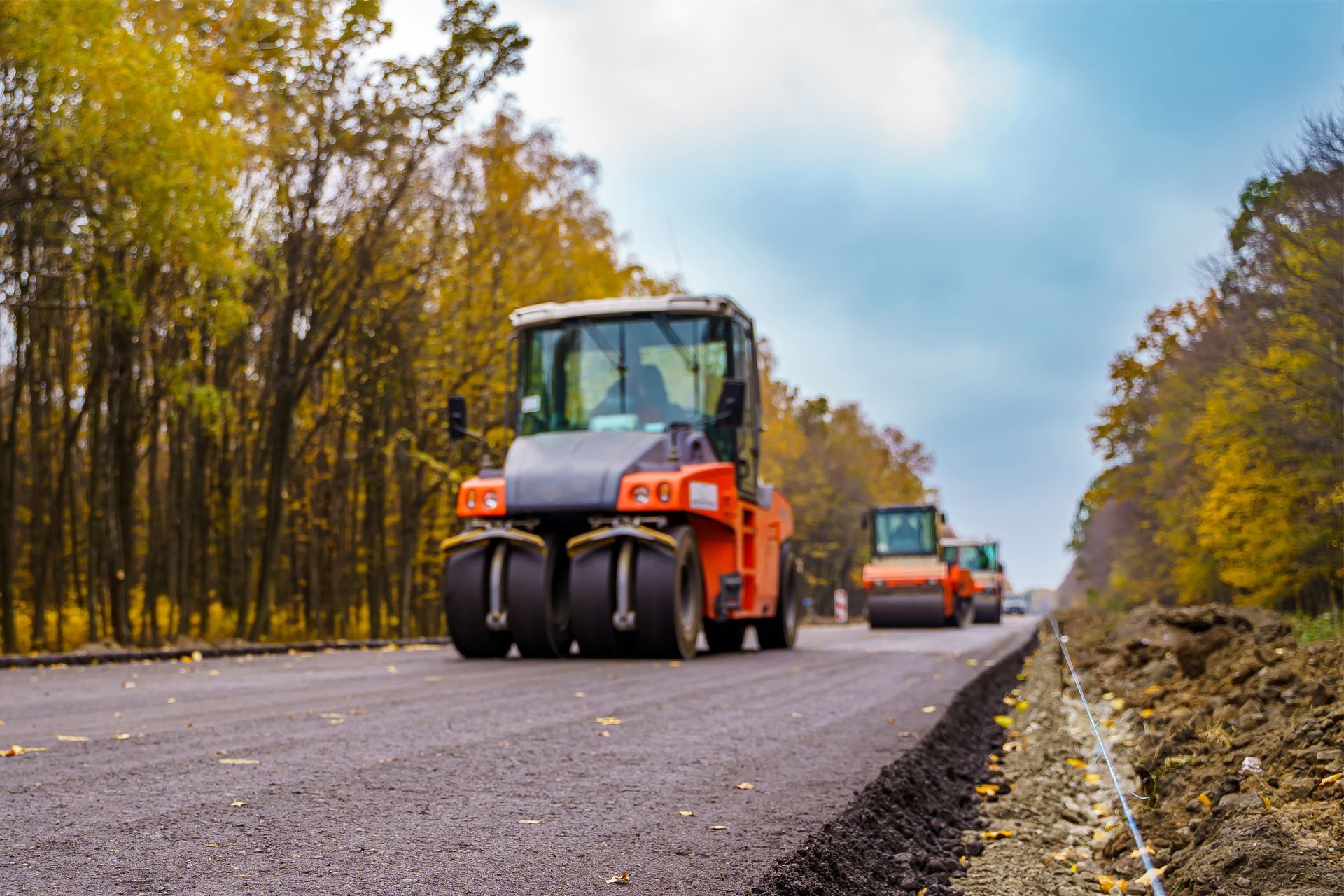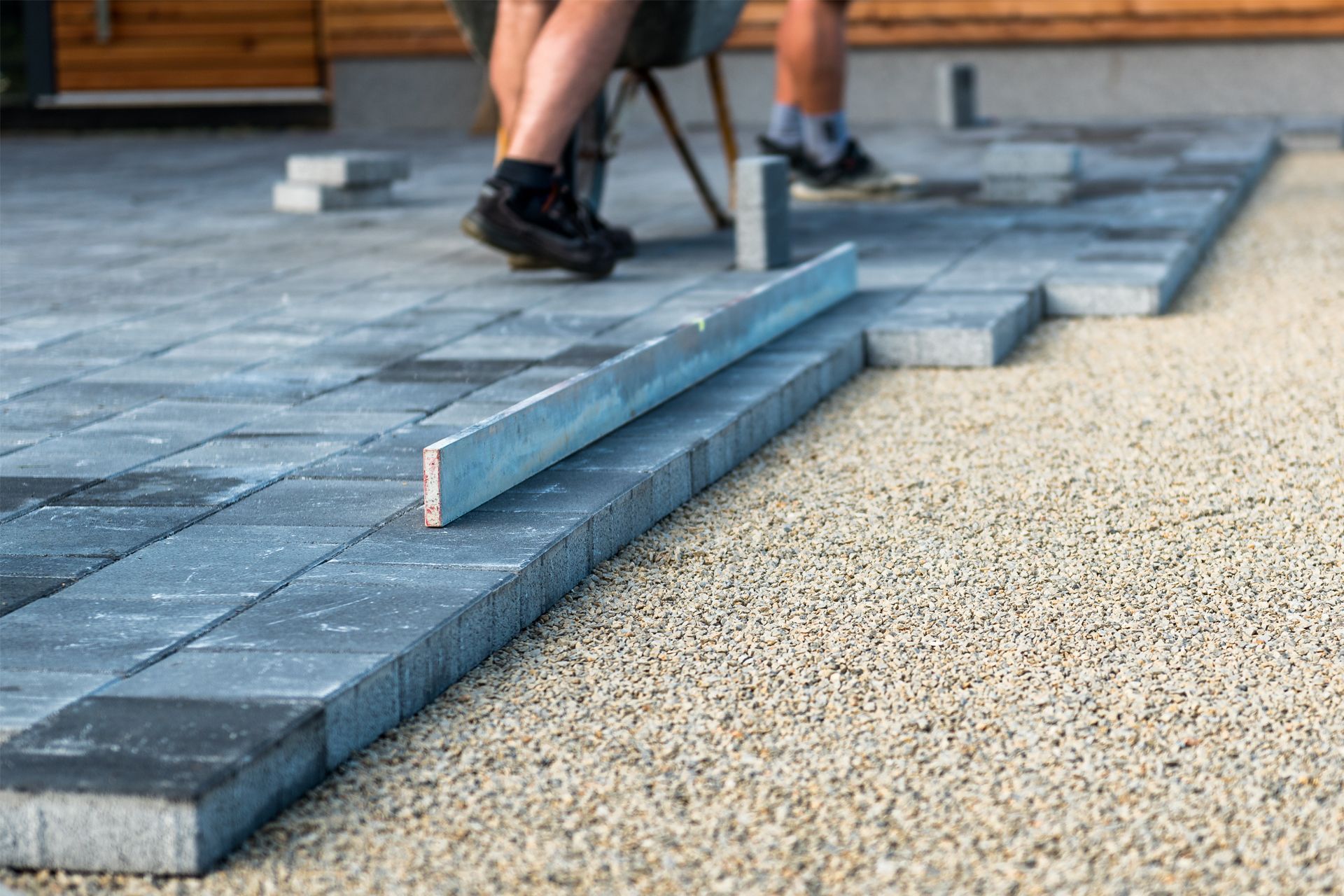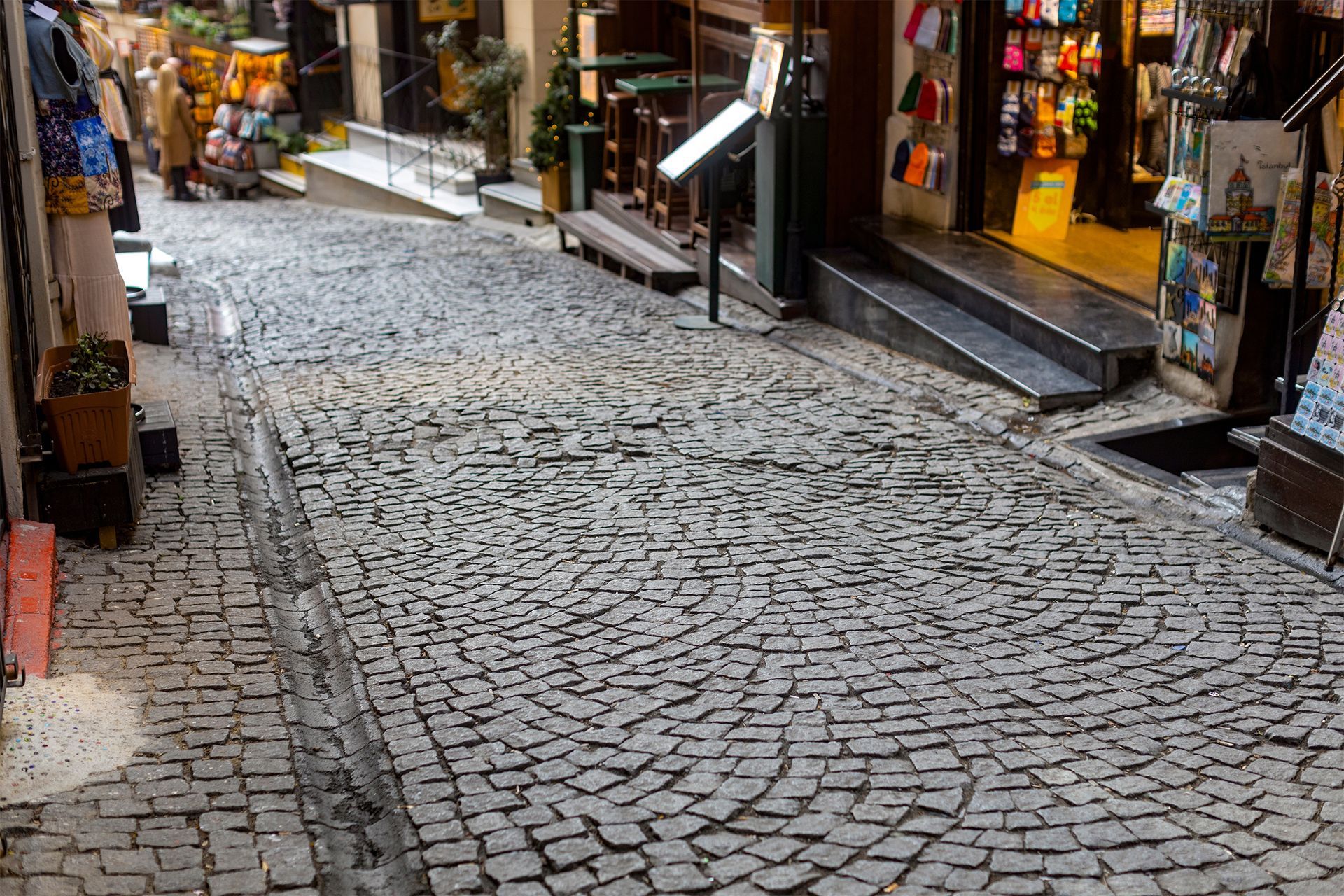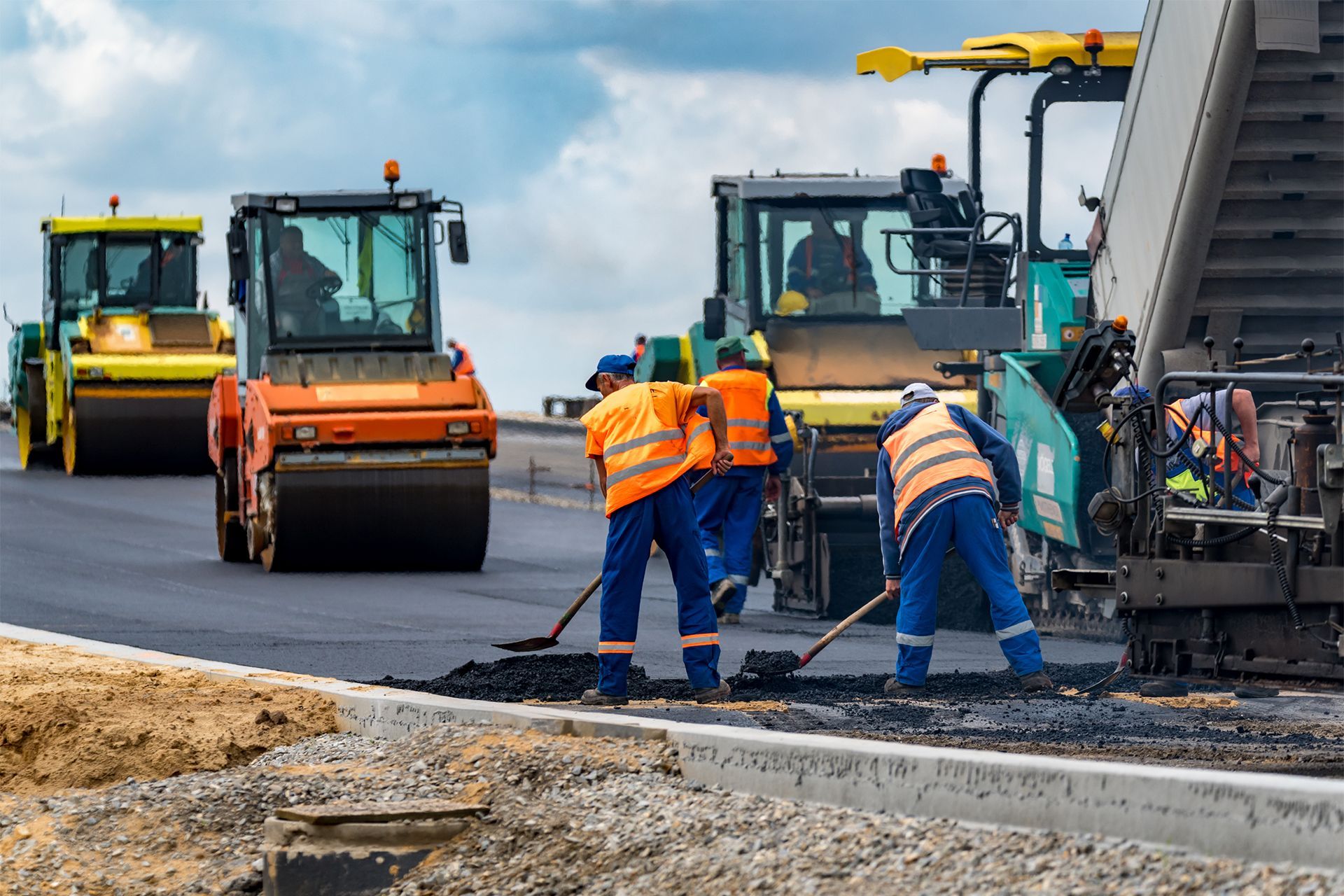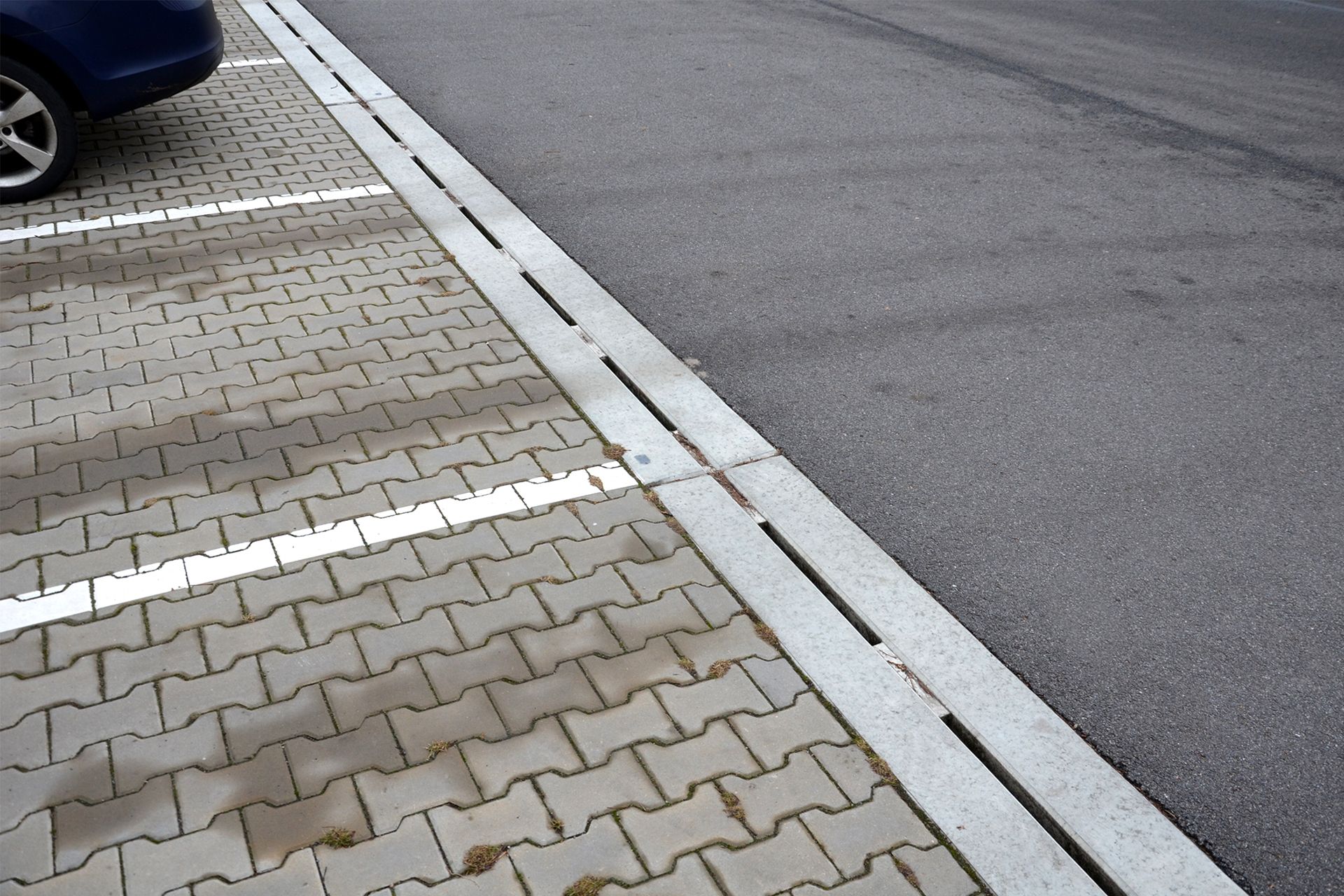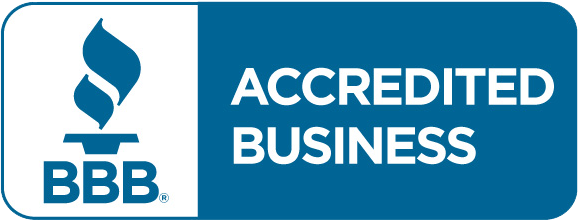What to Do if My Drainage System is Backed Up?
Is your backyard resembling a swimming pool after a heavy rain? Or perhaps your sink has turned into a mini geyser every time you wash the dishes? If your drainage system is backed up, don’t panic! Understanding how to troubleshoot and fix the problem can save you time, money, and a whole lot of frustration. In this guide, we’ll explore the causes of drainage backups, signs to watch for, and effective solutions to restore proper flow. Let’s dive in!
Understanding the Common Causes of Drainage Backups
Before you can tackle a backup, it’s essential to identify the culprit. Knowing what can go wrong with your drainage system is half the battle. Here are some common causes of drainage issues:
- Clogged Drains: Over time, debris like leaves, dirt, and even grease can accumulate and block the flow of water. A simple hairball can bring your whole system to a standstill!
- Tree Roots: Roots seeking moisture can invade underground pipes, leading to blockages and damage. It’s like a plant trying to hog all the water!
- Broken or Damaged Pipes: Aging pipes can crack or break due to shifting soil or ground movement, causing leaks and backups.
- Improper Grading: If your property isn’t graded correctly, water may pool in unwanted areas instead of flowing away, overwhelming your drainage system.
- Heavy Rainfall: During intense storms, your drainage system might be overwhelmed by the sheer volume of water, leading to backups.
By understanding these causes, you can be more vigilant and take preventative measures to protect your drainage system.
Signs Your Drainage System is Backed Up
Recognizing the signs of a drainage backup early can prevent more significant issues down the road. Here are some indicators that your drainage system may be in trouble:
- Slow Drains: If you notice that water is taking longer to drain in sinks, tubs, or outdoor drains, it could be a sign of a backup.
- Unpleasant Odors: Foul smells emanating from drains indicate that something is stuck and decomposing—yikes!
- Water Pooling: If you see water pooling around your yard or foundation, it could mean your drainage system isn’t doing its job.
- Gurgling Sounds: Strange noises coming from your pipes can indicate trapped air due to a blockage.
- Sewage Backup: The most alarming sign is when sewage backs up into your home or yard. This is a serious issue that needs immediate attention!
Being aware of these signs can help you act quickly, potentially saving you from expensive repairs.
Step-by-Step Solutions for Drainage Backups
So, your drainage system is backed up—now what? Here’s a step-by-step guide on what to do:
1. Stay Calm and Assess the Situation
The first thing you should do is take a deep breath. Yes, a backup can be frustrating, but panicking won’t solve anything. Assess the situation to determine the severity of the issue. If you’re experiencing a minor backup, you might be able to fix it yourself. However, if you notice sewage backing up, it’s best to call in the professionals.
2. Clear Surface Debris
If the backup is outside, start by clearing any visible debris from the drainage area. This can include:
- Leaves: They can clog drains and prevent water from flowing freely.
- Twigs and branches: Remove these to avoid blockages.
- Mud and dirt: Clear away any buildup that might hinder drainage.
3. Use a Plumber's Snake or Auger
For indoor backups, a plumber’s snake (or auger) can be a handy tool. Here’s how to use it:
- Insert the snake into the drain until you hit resistance.
- Turn the handle to break up the clog and push through.
- Pull the snake back out to remove any debris.
This method is particularly useful for minor clogs that can be reached through sink or tub drains.
4. Try a Drain Cleaner
If mechanical methods don’t work, consider using a drain cleaner. However, be cautious! Chemical drain cleaners can be harsh on your plumbing. Look for eco-friendly options or make your own with:
- Baking Soda and Vinegar: Pour half a cup of baking soda followed by half a cup of vinegar down the drain. Let it sit for 30 minutes, then flush with hot water.
- Boiling Water: Sometimes, simply pouring boiling water down the drain can help dissolve minor clogs.
5. Check for Tree Roots
If you suspect tree roots might be the problem, you may need to call a professional. Specialized rooter services can clear roots from pipes and restore proper flow.
6. Inspect and Repair Damaged Pipes
If you’ve tried everything and your drainage system is still backed up, it may be time to inspect your pipes. Look for cracks or breaks in visible pipes and consider using a camera inspection service for underground pipes. If damage is found, you’ll need to contact a professional for repairs.
7. Prevent Future Issues
After resolving the issue, take steps to prevent future backups:
- Regular Maintenance: Schedule routine drain cleaning and inspections.
- Install a Drain Screen: This can help keep debris out of your drainage system.
- Trim Trees: Keep tree roots at bay by trimming trees near your drainage lines.
By staying proactive, you can avoid the headache of backups in the future!
Get Professional Drain System Services in Beaverton, OR Today!
Are you tired of dealing with pesky drainage issues? Don’t let a backed-up drainage system ruin your day! Contact our expert team at Eagle Paving and Construction at (503) 519-7681 for professional drain systems in Beaverton, OR, and the surrounding areas. We specialize in diagnosing and repairing drainage problems, ensuring your home remains safe and dry.
In addition to our drainage services, we also offer a range of other services including landscaping, asphalt paving, parking lot paving, driveway paving, concrete work, and more. Whether you’re looking to enhance your outdoor space or need reliable drainage solutions, we’re here to help. Let’s work together to keep your property in top shape!
Frequently Asked Questions
What should I do if sewage is backing up into my home?
Immediately stop using water in your home and contact a professional plumber. This is a serious issue that requires immediate attention.
Can I use chemical drain cleaners regularly?
While they can be effective for occasional clogs, regular use can damage your pipes. Opt for natural remedies or consult a professional for recurring issues.
How often should I clean my drains?
It’s a good idea to have your drains inspected and cleaned at least once a year to prevent buildup and clogs.
What are the signs of a damaged drainage system?
Signs include slow drains, water pooling, unpleasant odors, and gurgling sounds. If you notice these, it’s time to investigate!
How can I prevent my drainage system from backing up in the future?
Regular maintenance, installing drain screens, and being mindful of what goes down the drain can help prevent backups.

